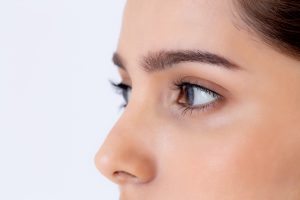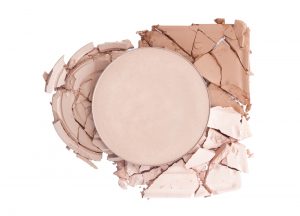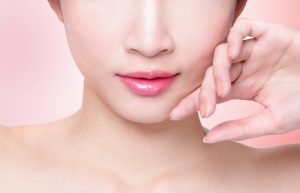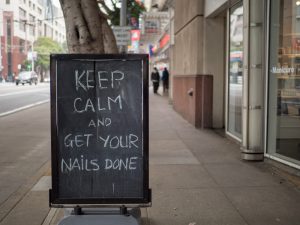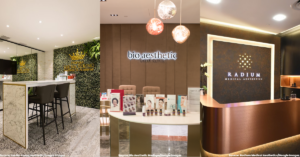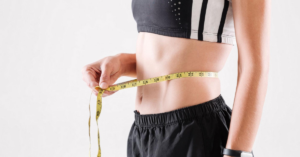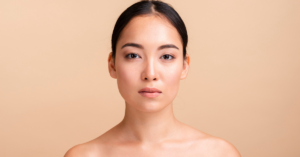Aesthetics
Acne Scars and Marks: Know All Your Options, and What Really Works
We don’t know what’s more annoying: pimples, or the acne marks and acne scars they leave behind. The million-dollar question...
By: Dedet Panabi / February 18, 2019
We don’t know what’s more annoying: pimples, or the acne marks and acne scars they leave behind. The million-dollar question is: how do you finally get rid of them?
Contents
- What’s the difference between acne scars and acne marks?
- What are the different types of acne scars?
- What causes acne scars?
- What are the best skincare ingredients for acne marks and acne scars?
- What are the best skincare treatments for acne marks and acne scars?
- Consult with a credited Singapore dermatologist or aesthetic clinic
What’s the difference between acne scars and acne marks?
You know the saying, “You can’t solve a problem you can’t understand.” Well, that’s true for acne. Most people think that any blemish left by a breakout is an acne scar. But that’s not how it actually works.
Dark brown or pink spots left on the skin aren’t actually acne scars. They’re just a natural part of the healing process. When your skin fights any infection, it boosts pigment production. Think of the marks left by mosquito bites or a scrape on the leg. Even without doing anything, those marks fade on their own within a few months.

The same is true for most acne marks. You’ll get spots that will fade, and you can either hide it with concealer or apply your usual skin lightening creams. In fact, if you’re already using products that even out your skin tone, or exfoliate regularly, you may not need to buy any special skincare products. (You can also try these acne home remedies.)
However, acne scars are a completely different problem. Unlike acne marks – which are smooth to the touch – these are either raised or indented marks that show there was permanent collagen damage. Treating them with skin brightening products just won’t work, because the issue isn’t discolouration but skin texture.
What are the different types of acne scars?
In general, there are two kinds of acne scars: raised and depressed.
Raised acne scars (also called hypertrophic scars) are like bumps on the skin and feel firm or tender to the touch. One extreme form of raised scars is keloids, which are thick and rubbery. Basically, your skin overhealed itself and produced too much collagen. Some people are genetically predisposed to forming keloids. If that’s the case, you probably get it not just on your face but on your body too.

Depressed acne scars look like pits or craters. Dermatologists classify this as icepick scars (which look like bigger, scooped out pores), boxcar scars (which are deep and have defined edges), and rolling scars (they’re not deep, but they’re wider, rounded and sloping). You may not be able to tell the difference between the three from looking at the mirror, but overall, your face has an orange peel texture. It’s not something that concealer or foundation can 100% hide, unless you’re using very thick studio makeup.
What causes acne scars?
When a pimple gets very infected, it can cause severe damage to the skin cells around it. The body reacts by either producing too much tissue or too little tissue. Too much tissue leads to raised scars like keloids, and too little tissue causes depressed scars.
The deeper and more inflamed the pimple is, the bigger damage it can cause. Picking and squeezing pimples make it worse, and spending lots of the sun can worsen pigmentation. Over-aggressive toning and whitening skincare routines can also dry out the skin can also tell your body to produce more oil.
And sometimes, your risk for bad breakouts appears just because of your age. Many people get breakouts during their teens, or experience a sudden onset of adult acne. That’s because hormonal changes affect oil production and skin type, and your regular skincare just isn’t prepared to handle the pimple apocalypse.
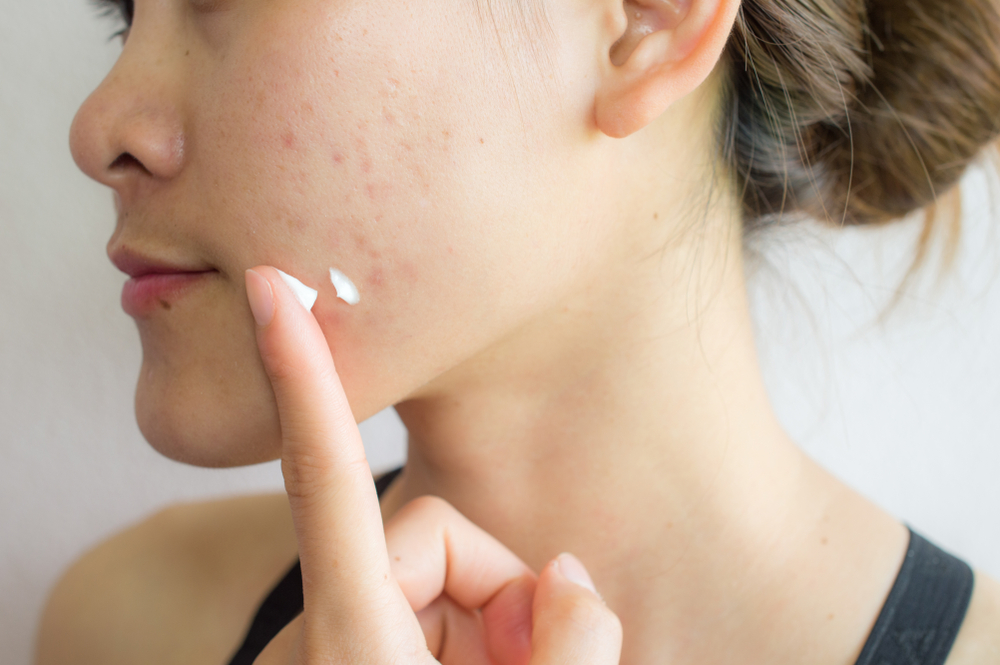
What are the best skincare ingredients for acne marks and acne scars?
Luckily, there are lots of products and treatments that can help you stop the occasional breakout and fade discolouration.
- Sunscreen. Any breakout can make you sensitive to skin darkening. So your acne marks and scars aren’t difficult to fade, wear sunscreen even when it’s cloudy. Pick a non-comedogenic formula, and at night, always wash off sunscreen residue with a good cleanser and toner. If your skin is inflamed from breakouts, pick a sunscreen with niacinamide to control redness.
- Topical vitamin C serum. Vitamin C blocks pigment production, brighten your skin tone, help the skin to heal, and build collagen. Apply at night (since Vitamin C can make you sensitive to sun exposure)
- Retinoids. For darker, older acne marks that don’t respond to Vitamin C and other brightening skincare products, use a powerful retinoid. Retinoids are superstars at cell turnover and cell renewal, and endorsed by dermatologists worldwide for both acne treatment and anti-ageing. You can get skincare products with retinol and naturally-derived Vitamin A, or ask your dermatologist for prescription retinoids.
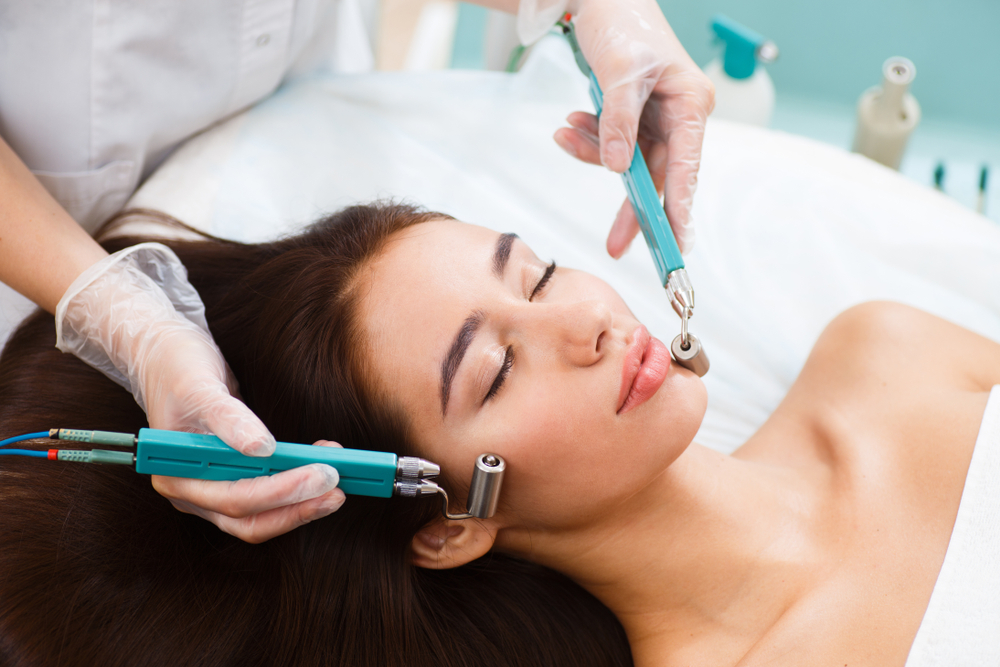
What are the best skincare treatments for acne marks and acne scars?
- Chemical peels with glycolic acid and salicylic acid can even out your skin tone and fade acne spots. They also even out skin texture, and can help with very mild acne scars.
- Dermarolling. Dermarollers or other microneedling treatments stimulate collagen and elastin production by pricking the skin and jumpstarting the healing process. They’re good for depressed acne scars, and even fine wrinkles. There are now dermarollers that you can use at home, but we still recommend seeing a dermatologist – especially if you’re new to the process. It’s easy to overdo dermarolling and damage the skin.
- Steroid injections. Steroid injections or cortisone injections can help reduce inflammation. Head to the dermatologist’s office if you see a huge pimple literally rearing its ugly head. These treatments can also help soften and flatten keloid acne scars and other raised scars.
- Dermal fillers. Dermal fillers, especially those with hyaluronic acid, can help treat depressed acne scars and even out the skin tone. There are also special dermal fillers made just for severely indented scars. Ask your Singapore aesthetic doctor about it!
- Lasers. For severe acne scars, you may want to consider laser resurfacing. These clinically-proven treatments can help even old, deep acne scars and even out skin tone. Depending on your case, your doctor may recommend pulse-dye lasers, Fraxel lasers, or erbium lasers. Expect some redness, but this subsides after a few hours. Pain is minimal, and for many people, well worth the results. This is still one of the best treatments for deeply indented scars, and a few sessions may be all you need to achieve the skin of your dreams.
Consult with a credited Singapore dermatologist or aesthetic clinic
Acne scars vary, and so do treatments. You may need a particular treatment or a combination of several to get rid of your acne scars and finally get your acne under control. Check Beauty Insider’s list of clinics and doctors in Singapore to find one near you.

